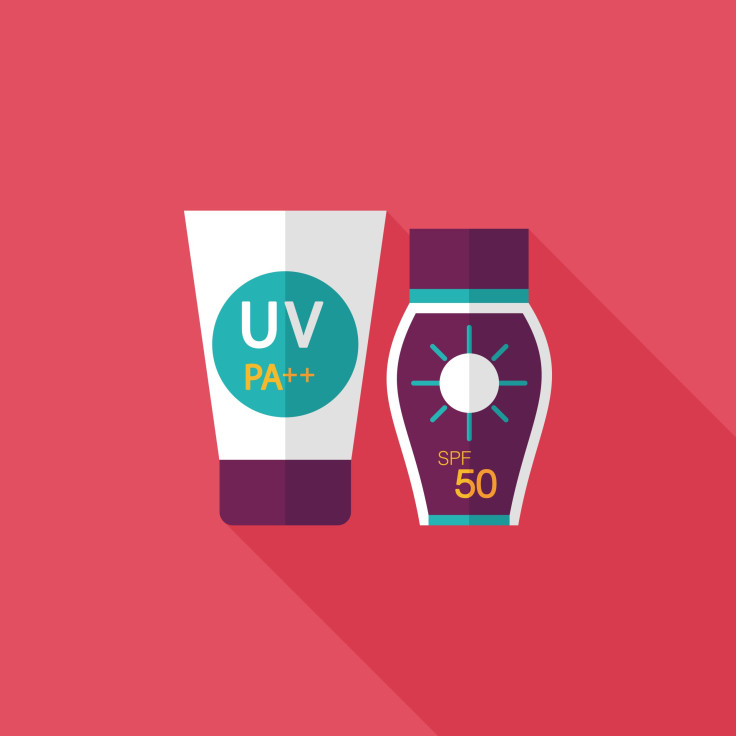Americans Are Still Pretty Confused About How Sunscreen Works: Survey

Summer’s right on the horizon, with its inaugural start this Sunday, June 21. So as many of us prepare for the lazy days of beach and park gazing, it’s worth noting that according to a new study published in JAMA Dermatology, we’re actually pretty ignorant about how and why sunscreen works.
The small study found that only about half of those polled could correctly identify the level of protection sunscreen offers and about how much we should apply to our skin; and only one-third understood which type of labeling denotes protection against skin cancer and sunburns, among other gaps in sunscreen knowledge.
Surveying 114 participants who had visited the Northwestern Medicine dermatology clinic between June 1 and August 31, 2014, the authors asked them a series of questions about their sunscreen use and their knowledge of the labeling terms placed on the bottles themselves, alongside taking down demographical information.
About 80 percent had purchased sunscreen in 2013, primarily to keep them free of sunburns — skin cancer prevention remained a distant second on the priority list. Some of the misconceptions the participants held about sunscreen included:
62.3 percent didn’t understand what labeling terms on sunscreen determined skin cancer protection (SPF or broad spectrum).
93 percent didn’t know that only broad spectrum sunscreens can protect against skin aging, which is caused by UV-A radiation.
71 percent didn’t understand that SPF (Sun Protection Factor) is only meant to tell you how effective the sunscreen is against preventing sunburns, which is caused by UV-B radiation (Broad spectrum sunscreen contains protection against both types of UV radiation, which are in turn both tied to skin cancer risk)
44.7 percent didn’t know how much sunscreen needs to be applied to the skin for optimal protection (1.5 ounces, or a shot glass’ worth for the entire body to be covered)
57 percent didn’t understand that SPF is shorthand for the multiplied length of time someone can be exposed to the sun and not get sunburnt compared to no protection (So SPF 30 would allow you to spend 30x as much time out in the sun sans burn than you would normally).
For a bit of good news, more than 80 percent understood that the best form of skin cancer prevention is to avoid the sun altogether; and when shown the specific labels, about 80 percent knew that SPF determined UV-B protection, while a four-star system determined UV-A protection (even if they didn’t exactly know the effects of either radiation on the skin).
Taken altogether, the authors feel their findings showcase a lingering disconnect when it comes to skin health care. "Despite the recent changes in labeling mandated by the US Food and Drug Administration, this survey study suggests that the terminology on sunscreen labels may still be confusing to consumers," they concluded. "Furthermore, consumers may hold misconceptions about the factors important in a sunscreen, including a common overreliance on the SPF value. There is an ongoing need for physicians to educate their patients about the need for protection against both UV-A and UV-B radiation in preventing skin cancer and sunburns."
So for all your sun worshippers out there, be sure to bone up on your sunscreen expertise (including which brands might be useless) before you head out to the beach this summer.
Source: Kong B, Sheu S, Kundu R. Assessment of Consumer Knowledge of New Sunscreen Labels. JAMA Dermatology. 2015
Published by Medicaldaily.com



























